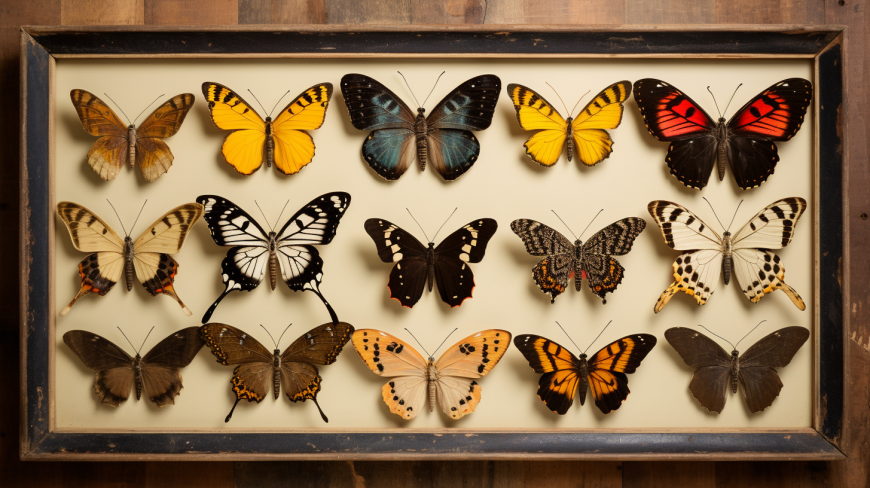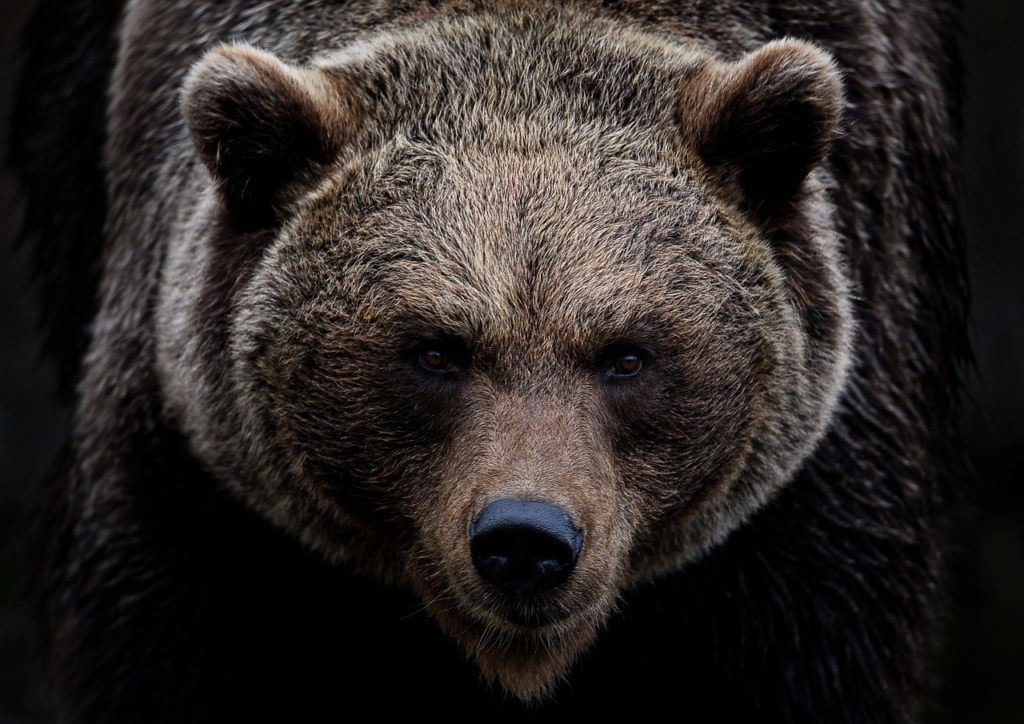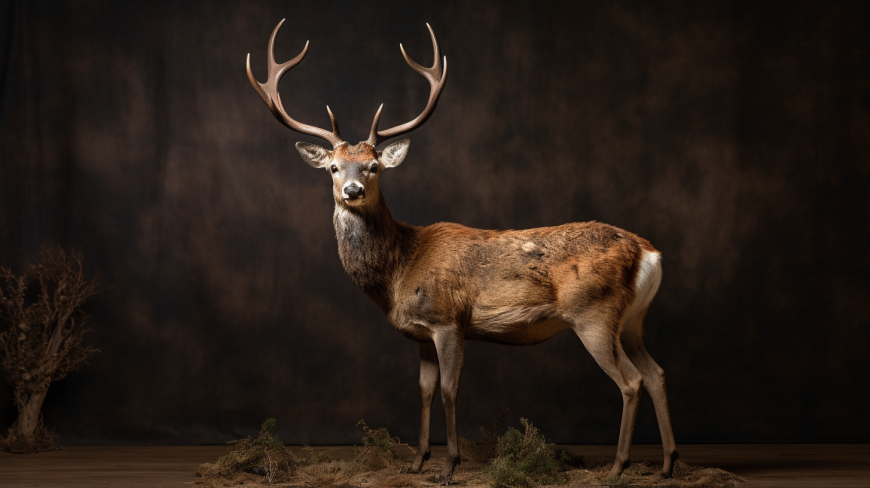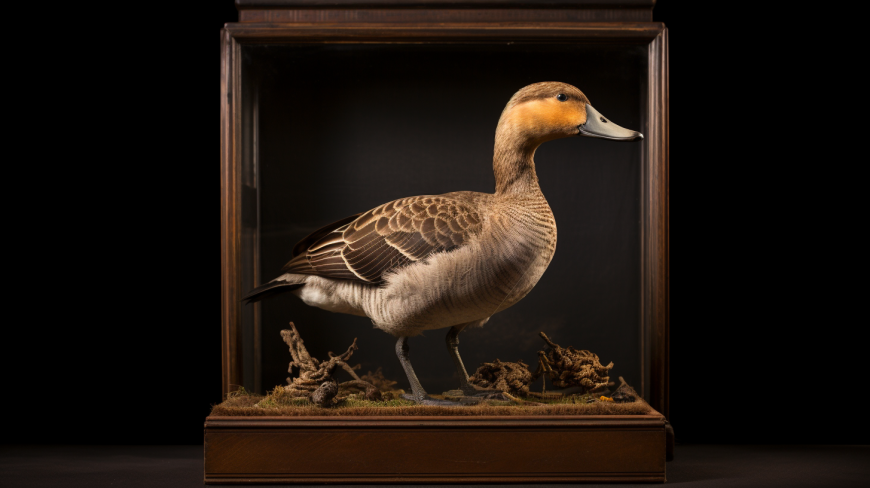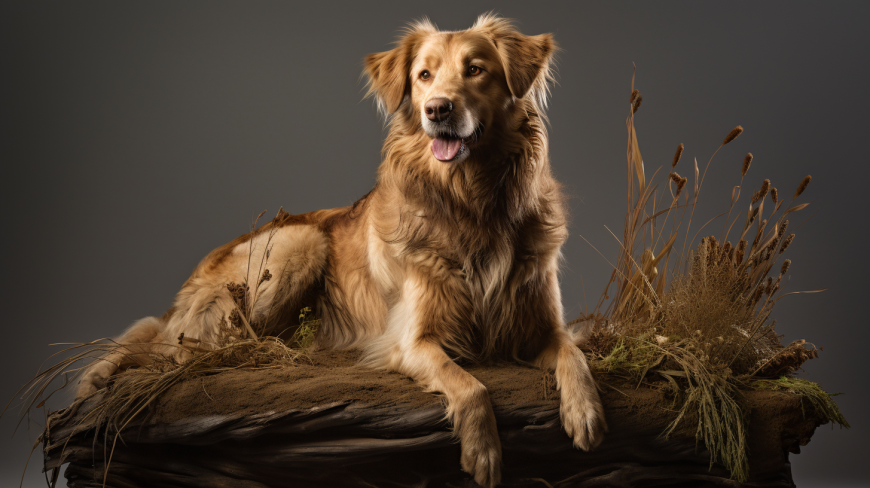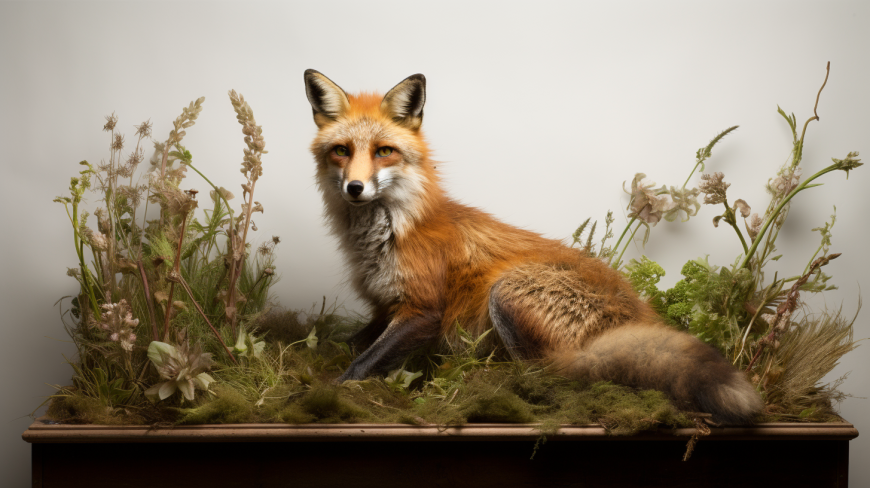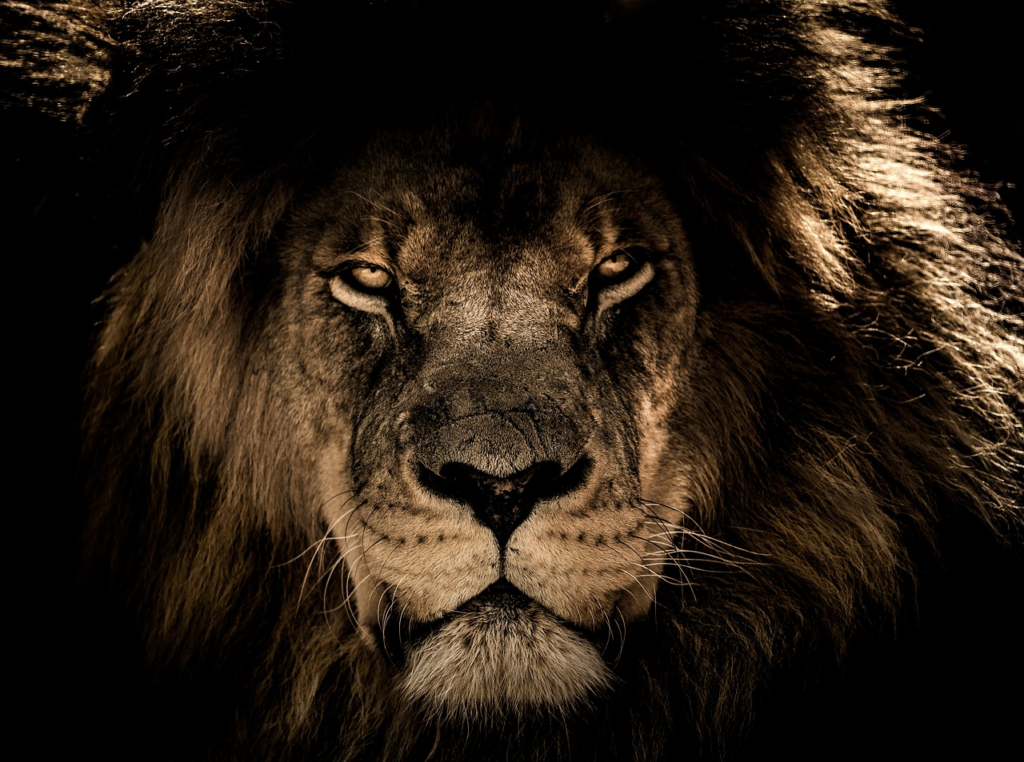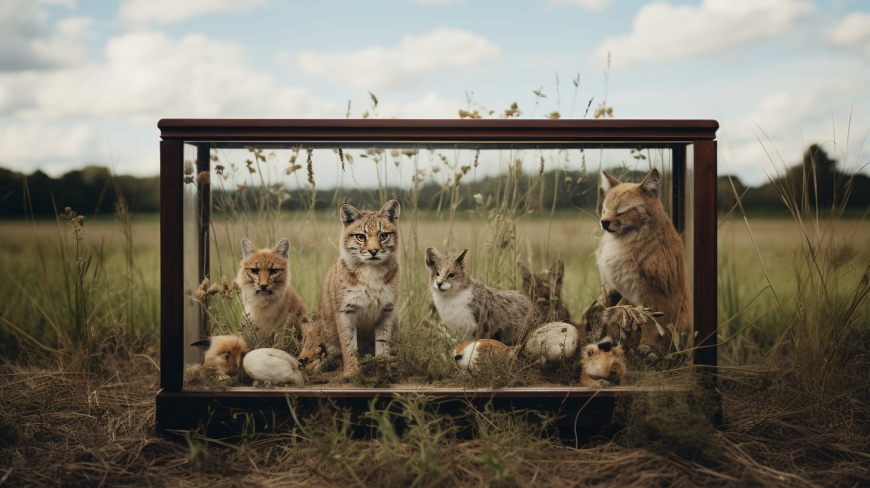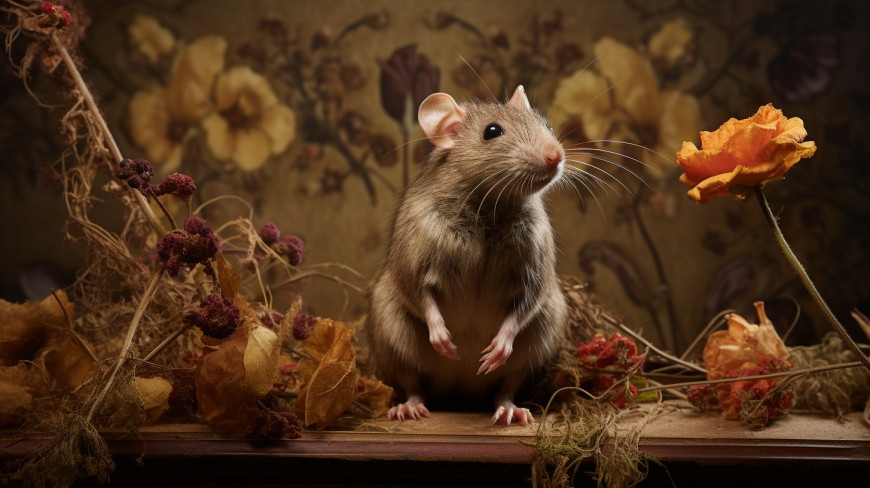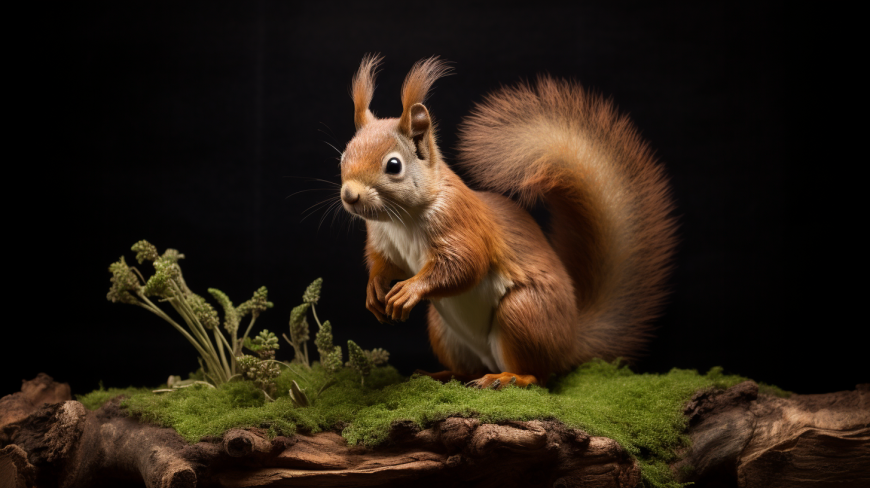Butterfly Taxidermy
Did you know that over 20,000 species of butterflies exist in the world today? If you’re fascinated by these delicate creatures and want to learn how to preserve their beauty, then butterfly taxidermy is the perfect hobby for you. In this article, we will guide you through the history, tools, and techniques of butterfly preservation, […]
Butterfly Taxidermy Read More »

